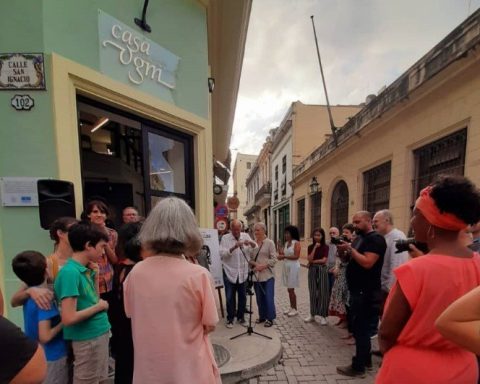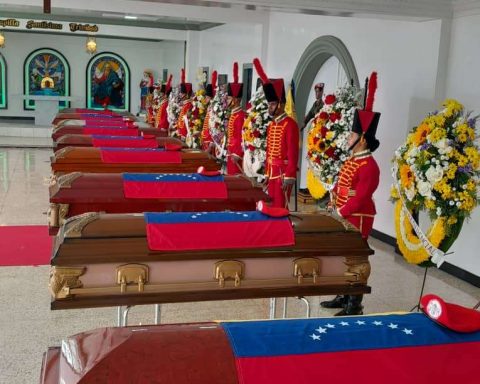Havana Cuba. – In May 1775, the Coliseo theater was completed, the first building erected in Havana ―and in Cuba― with the purpose of offering theatrical performances. Located at the end of the intramural promenade known as Alameda de Paula, it occupied the space where Acosta, Luz and Oficios streets intersect. His works lasted for two years, directed by the engineers Antonio Fernández de Trebejo and Luis Bertucat.
The idea of building the theater belonged to Mr. Philip of Fonsdeviela ―Marqués de la Torre―, who, during his years at the head of the General Captaincy of the Island, did a lot for Havana in terms of architecture and urbanism. The respected soldier managed to bring together the most important merchants and the main personalities of the city with the aim of raising funds for the construction of this space.
Shortly after, the masonry and wood work began, which resulted in a building with a very good appearance, but fragile considering its proximity to the sea. Even without the finishing touches, the theater opened its doors on January 20, 1775, with a program of comedies that attracted the best of Havana society.
Due to its status as a port city, Havana usually welcomed visitors of all kinds, many of them stage artists and musicians. In general, Sunday was the day reserved for comedies, which were run by Spanish and foreign companies, which brought their own staff, but also hired Cuban artists.
The public paid their tickets according to the established prices, and also had to comply with several rules of etiquette and conduct, in order to preserve order, respect and good taste in each show.
As a consequence of its location, the Coliseo theater suffered the ravages of hurricanes and the pernicious action of saltpeter. There were several repairs and renovations undertaken to extend its useful life, which left so much to the cultural and social environment of Havana.
In 1788, the theater was in such poor condition that the Cabildo ordered its closure to make major repairs. Its doors reopened in 1803 under the name of El Principal, which remained in operation until 1846, when it was devastated after a cyclone struck.













